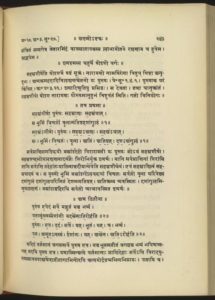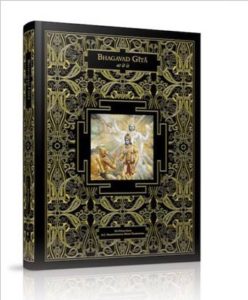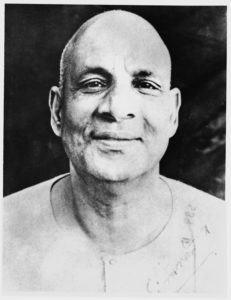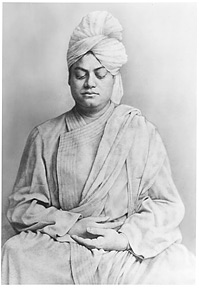A chronological history of the ancient practice of yoga.
The origin of yoga has many areas of ambiguity as its teachings were selective, secretive and solely oral. The early writing was on palm leaves which, due to their fragile nature, were damaged to the point of destruction. Even though a clear chronology is difficult to achieve, historians believe that the practice began 5000 to 10,000 years ago in the Indus Valley Civilization.
The birth of yoga is considered to be around 3000 BC. Stone-carved figurines depicting the original yoga poses were excavated, the only physical demonstration in a time where the teachings were only via the spoken word. Archaeological research of this period also shows objects which referred meditation, such as the Pashupati Seal.

The word ‘yog’ was first mentioned in the Rig Ved, the sacred text from the Vedic civilization that was written between 1500 – 1000 BC. Even though there is no description of the practices, it is the first written reference.
Yoga was further developed and refined by Brahmans, who then explained yogic practices in the Upanishads. The Brihadaranyaka Upanishad (900 BC) mentions pranayama, the Chandogya Upanishad (800–700 BC) gives details about the practice of pratyahara. Breath control and mantra repetition is taught in the Jaiminiya Upanishad Brahmana.

The most renowned of the yogic scriptures, the Bhagwad Gita, was written around 500 BC. It has references to spirituality, detachment from physical objects and meditation.
Patanjali’s Yoga Sutras, written in 4 BC, give yoga a definition and systematic presentation. Patanjali, often considered the father of yoga, organized the practice into an “eight limbed path” towards obtaining Samadhi or enlightenment, describing the path of Raja Yoga. Divided into 4 chapters, this text is considered the starting point of contemporary yoga.
A few centuries after Patanjali, a system of practices that focus on rejuvenating the body and prolonging life were created by yoga masters. Centered on the physical-spiritual connection, Tantric Yoga was developed. The practice of using the physical body as means of spiritual enlightenment was further explored and channelled into Hatha Yoga, which is the form of yoga eventually embraced by the West.

Krishnamacharya, Swami Sivananda, among other yogis, promoted Hatha Yoga in the 1920s and 30s. Krishnamacharya opened the first Hatha Yoga school in 1924 in Mysore, which produced three students – B.K.S. Iyengar, T.K.V. Desikachar and Pattabhi Jois, who carried on his legacy. Meanwhile, in 1936, Sivananda founded the Divine Life Society on the banks of the Ganga river. He went on to write over 200 books on yoga, established nine ashrams and several yoga centers globally.

Yoga made its first forays into the Western world in 1893 at the Parliament of Religions in Chicago, where Swami Vivekananda delighted the attendees with a lecture on yoga, along with a demonstration. Yoga gurus’ travels to the West kept increasing its popularity, until it skyrocketed in 1943, when Indra Devi opened her yoga studio in Hollywood.
Yoga as a practice is still developing, with new types coming up from different parts of the world. It now has many forms; some derived from its puritan version or developed into new trendy interpretations. Be it Hatha Yoga or Hot Yoga, it is practiced by millions.


